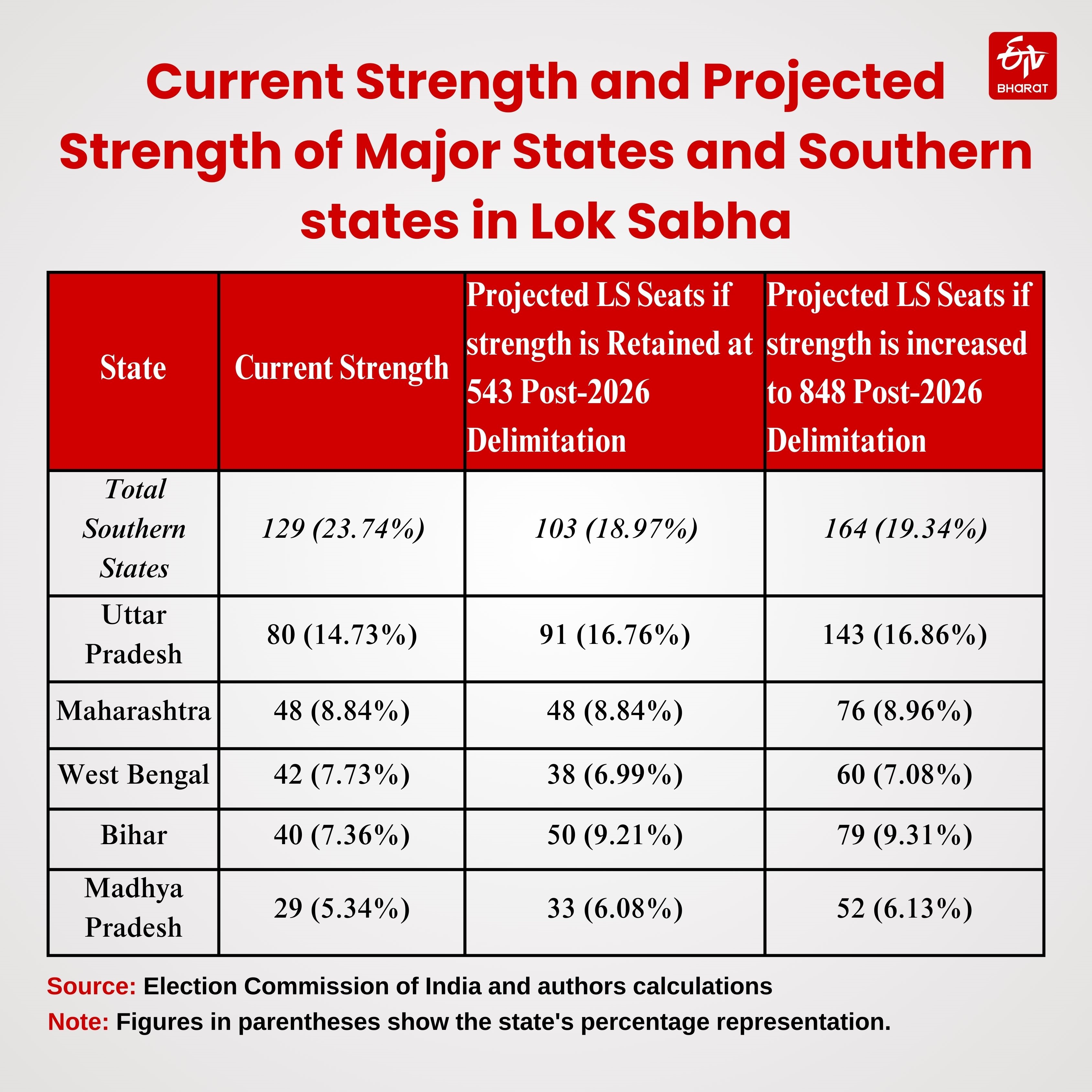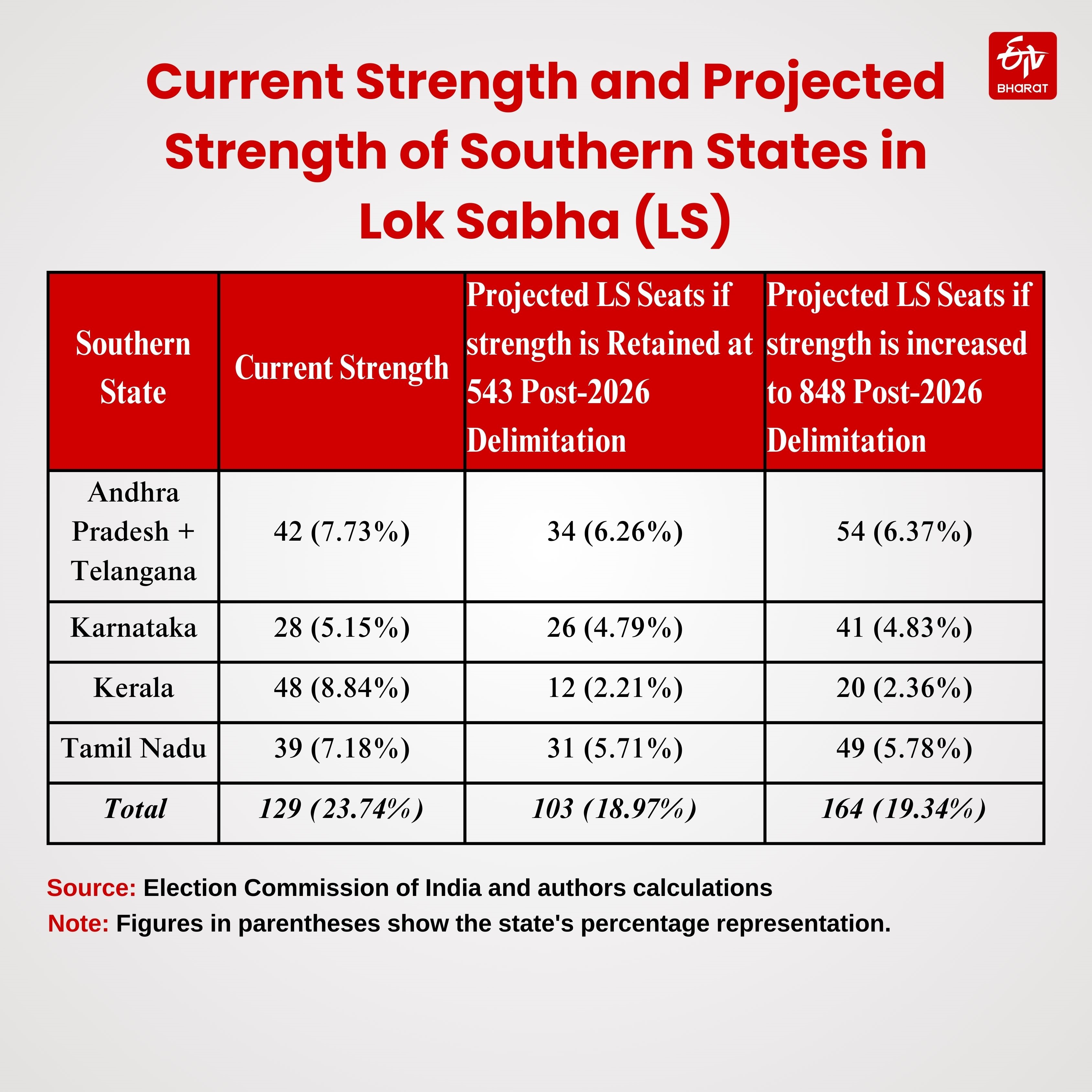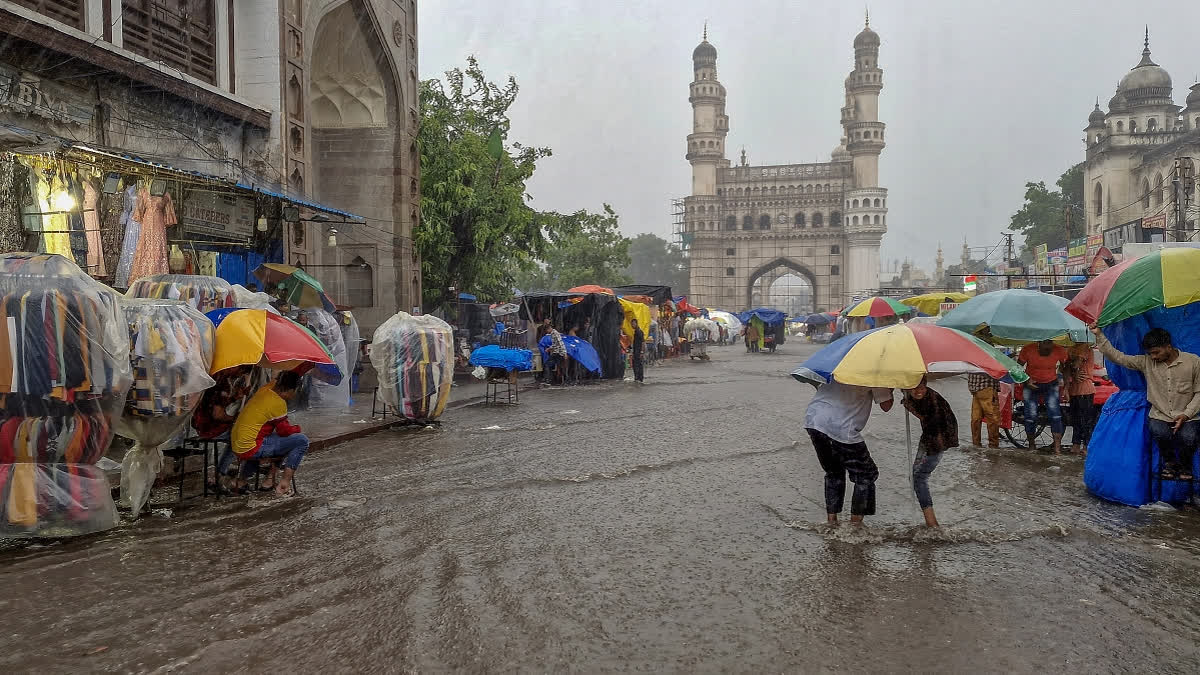In the latest Union Budget, Andhra Pradesh received several significant allocations. The Centre allocated ₹15,000 crore for the development of Amaravati, the proposed capital of Andhra Pradesh. The budget also emphasised the completion of the Polavaram Project, which is crucial for the state's irrigation and drinking water needs.
Funds have been allocated for infrastructure development on the Visakhapatnam-Chennai industrial corridor and the Hyderabad-Bengaluru industrial corridor. Specific grants were announced for the development of backward regions in Andhra Pradesh. Additionally, under the Andhra Pradesh Reorganisation Act 2014, funds are promised for essential infrastructure along with additional funds towards capital investment for economic growth. This allocation is not entirely surprising given the composition of the National Democratic Alliance (NDA) in the Lok Sabha.
The Telugu Desam Party (TDP), which governs Andhra Pradesh, is a key ally of the Bharatiya Janata Party (BJP) within the National Democratic Alliance. The TDP's support is essential for the NDA's stability and for maintaining a majority in the central government. Another important ally, the Janata Dal (United) [JD(U)], has also received substantial allocations for Bihar, which is preparing for state assembly elections this year.

The significant allocation for Andhra Pradesh in this context is noteworthy. These budget allocations are closely linked to provisions in the Andhra Pradesh Reorganisation Act of 2014. Despite Andhra Pradesh's dire economic situation following the loss of the revenue-rich capital city Hyderabad — which previously contributed 58 per cent of the revenue to united Andhra Pradesh — the past decade has not seen any significant support. The current budget allocations, however, are unprecedented in scale compared to previous years.
This funding pattern underscores the reality that the strength in the Lok Sabha ultimately decides the fate of any federal unit in India. It also highlights a critical alarm for all political parties, particularly regional parties in southern India, about the looming threat of the 2026 delimitation process and its potential impact on parliamentary representation.

Impact of delimitation on Southern States
The upcoming delimitation exercise scheduled for 2026 poses significant challenges for the southern states of India. Historically, these states have implemented effective population control measures, which now ironically places them at a disadvantage in terms of political representation.
The delimitation process, designed to reallocate parliamentary seats based on current population data, poses a potential reduction in seat allocations for states like Tamil Nadu, Kerala, Andhra Pradesh, Karnataka, and Telangana, whose population figures are comparatively lower than northern states.

For example, Andhra Pradesh and Telangana, which currently hold 42 seats (7.73% of the total), are projected to see a reduction to 34 seats (6.26%) in a 543-seat Lok Sabha, and potentially 54 seats (6.37%) if the total seats increase to 848.
Similarly, Karnataka’s representation is expected to decrease from 28 seats (5.15%) to 26 seats (4.79%) in a 543-seat scenario, and potentially 41 seats (4.83%) in an 848-seat scenario. Kerala is likely to face a reduction from 20 seats (3.68%) to 12 seats (2.21%) in a 543-seat Lok Sabha, and potentially 20 seats (2.36%) in an 848-seat scenario. Tamil Nadu could see its representation fall from 39 seats (7.18%) to 31 seats (5.71%) in a 543-seat Lok Sabha and potentially 49 seats (5.78%) in an 848-seat scenario.
In contrast, states like Uttar Pradesh and Bihar, which have experienced higher population growth, are expected to gain seats. Uttar Pradesh, for instance, could increase its representation from 80 seats (14.73%) to 91 seats (16.76%) in a 543-seat Lok Sabha, and potentially 143 seats (16.86%) in an 848-seat scenario.
Bihar might see its representation grow from 40 seats (7.36%) to 50 seats (9.21%) in a 543-seat Lok Sabha, and potentially 79 seats (9.31%) in an 848-seat scenario. This shift highlights the disproportionate impact of the delimitation exercise, potentially leading to the political marginalisation of southern states, which have traditionally exhibited higher efficiency in governance and development.
The reduction in political representation for southern states could have far-reaching consequences. It might lead to diminished influence in the Lok Sabha, affecting their ability to negotiate favourable policies and secure adequate allocation of resources from the Centre. This could exacerbate the north-south divide, fostering regional tensions and feelings of disenfranchisement among the southern populace. The shift in political power towards the more populous northern states may also result in a skewed allocation of central resources, favouring regions with higher population growth but poorer governance outcomes. This imbalance could undermine the developmental initiatives and economic progress made by southern states, potentially widening the developmental disparities across the country.
Strategic Solutions
To mitigate these adverse effects, southern states must adopt a multi-faceted approach. Firstly, forming a political coalition among southern states can help present a unified stance in negotiations with the Centre. This coalition can lobby for maintaining or increasing representation based on criteria beyond population figures, such as economic contribution, governance quality, and developmental metrics.
Engaging with political allies and stakeholders from other regions to build a broader consensus on a more equitable delimitation approach can also be instrumental in addressing the potential imbalances. This approach also addresses southern states' problems with the devolution formula under the 16th Finance Commission and demand for a formula beyond population can tackle both political (delimitation commission) and economic (16th Finance Commission) forums.
Secondly, increasing public awareness about the implications of delimitation through media campaigns and public discourse can build grassroots support, pressuring political leaders to take a firm stand against policies that could marginalise southern states. Mobilising civil society organisations and intellectuals to articulate the southern perspective and influence public opinion at the national level is essential. Additionally, exploring legal avenues to challenge perceived injustices in the delimitation process through the judiciary can provide a check against potential imbalances.
In conclusion, the delimitation exercise in 2026 presents significant challenges for the southern states of India. However, strategic political, legal, and economic measures can help mitigate these effects. Proposing constitutional amendments that reward states for effective governance and population control efforts can ensure that southern states are not penalised for their success. Such amendments could consider factors beyond population in seat allocation, ensuring a fair and balanced representation.
(Disclaimer: The opinions expressed in this article are those of the writer. The facts and opinions expressed here do not reflect the views of ETV Bharat)



